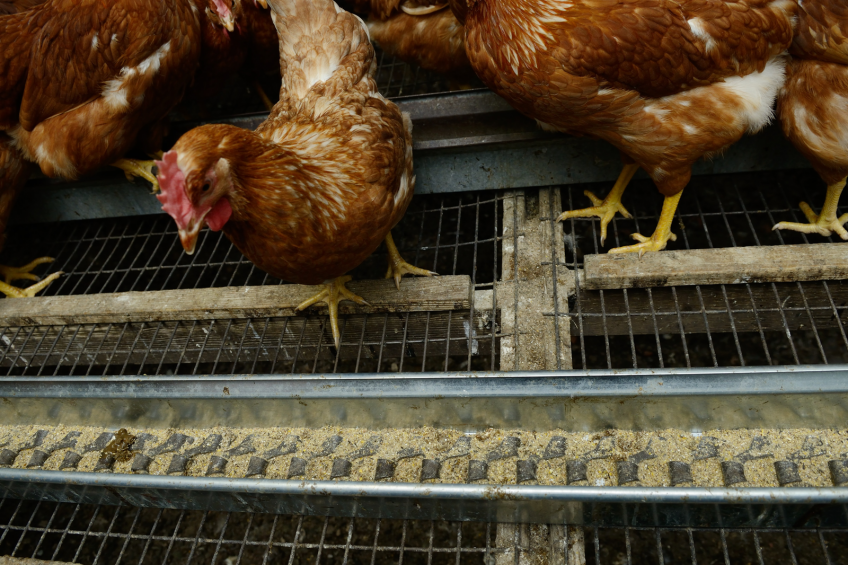Little transfer of DON to eggs

The Friedrich-Loeffler-Institute (FLI) in Germany studied the potential for carry-over of deoxynivalenol (DON) into eggs and DON residues in plasma and bile of laying hens of different genetic backgrounds was investigated.
The research entailed a long-term feeding trial. A total of 80, 23-week-old laying hens were assigned to a feeding trial with two diets, a control diet and a Fusarium toxin-contaminated diet (FUS) (0.4 and 9.9 mg DON kg-1, respectively). In the 60th week of hen’s life, 10 eggs from each group were collected. In the 70th week of hen’s life, all hens were slaughtered and samples of blood and bile were collected.
The samples were analysed by liquid chromatography tandem mass spectrometry (LC-MS/MS) for DON and de-epoxy-DON. DON was only detected in samples of hens which fed the FUS diet while none of the samples analysed had detectable levels of de-epoxy-DON. In plasma and bile samples, DON levels ranged from 0.2 to 0.6 ng ml-1 and from 1.8 to 4.1 ng ml-1, respectively. DON levels in egg yolk and albumen ranged between 0.0-0.46 ng g-1 and 0.0-0.35 ng g-1, respectively, corresponding to carry-over rates of DON into eggs from 0.0 to 0.000016. Moreover, no differences in DON levels or carry-over rates were noticed between the two tested breeds.
These results show that very low levels of DON were transferred into eggs and indicate that although eggs could contribute to human exposure to DON, the levels are very low and insignificant.
The full study has been published in the Archives of Animal Nutrition.













